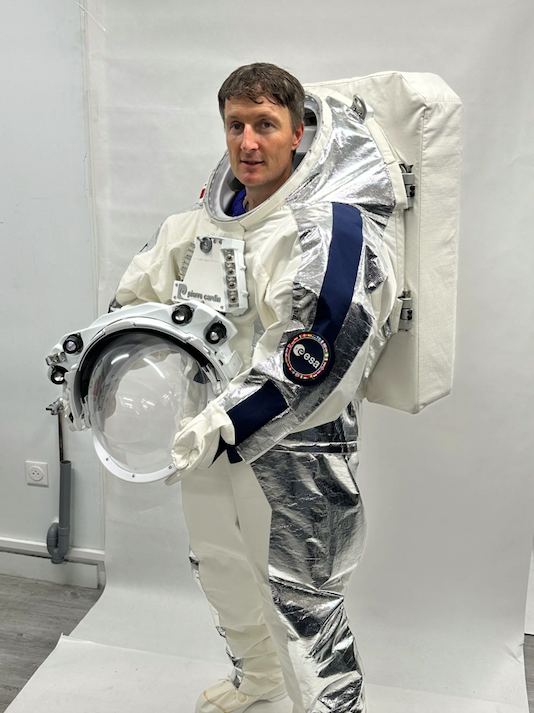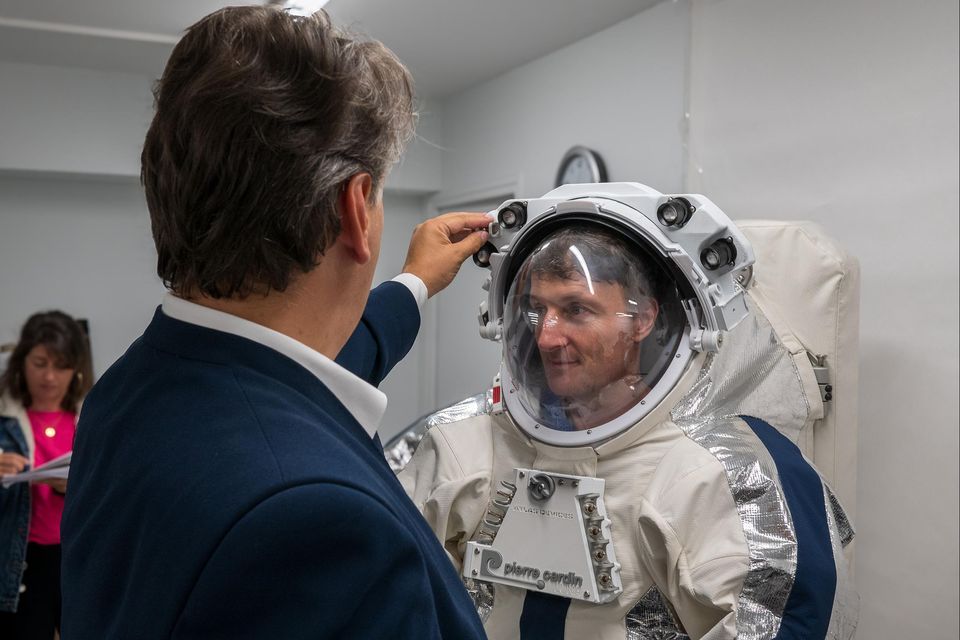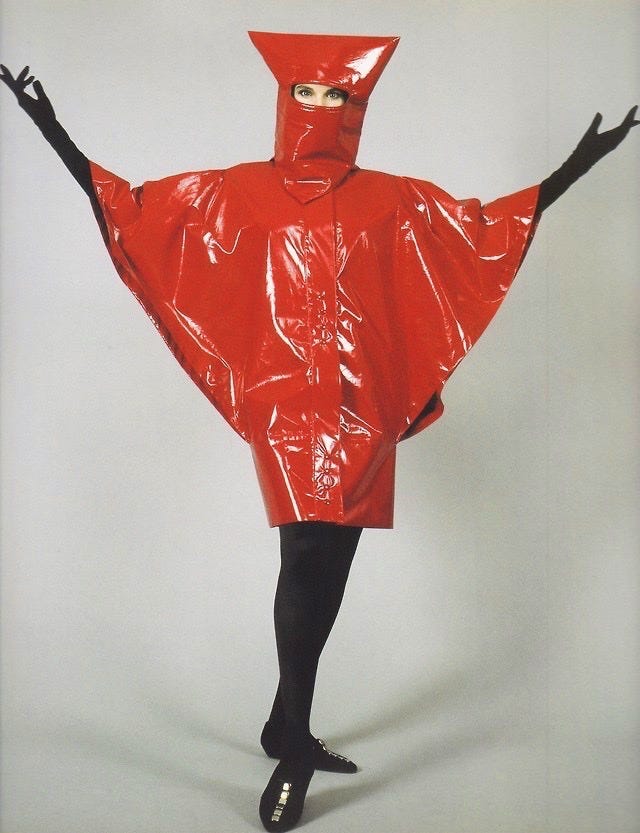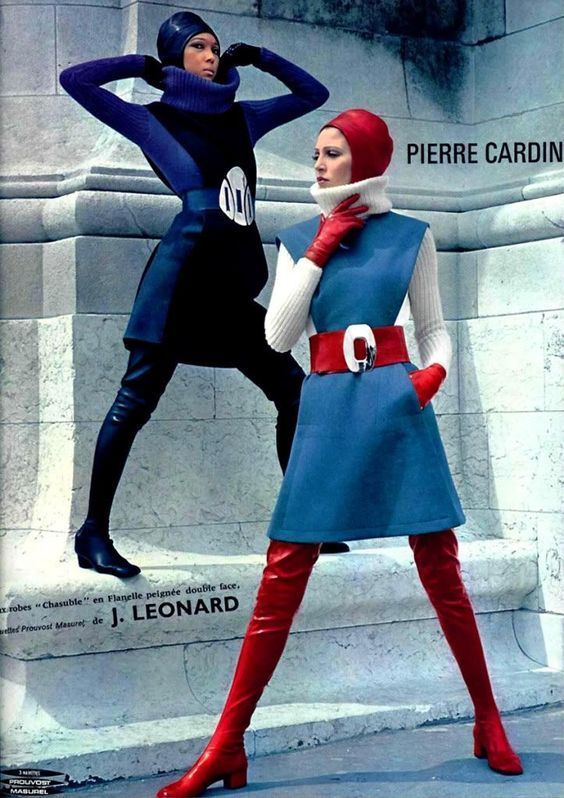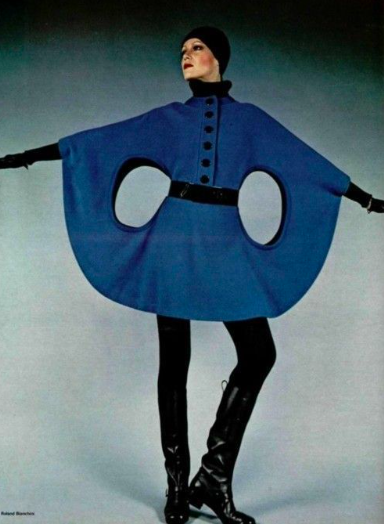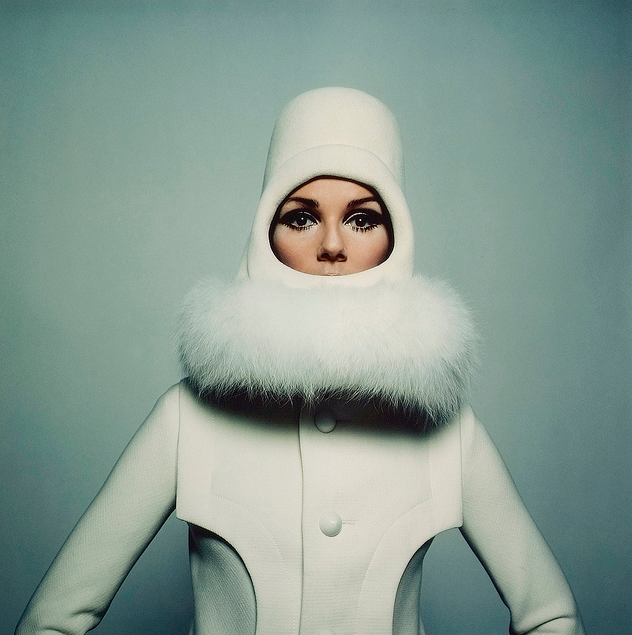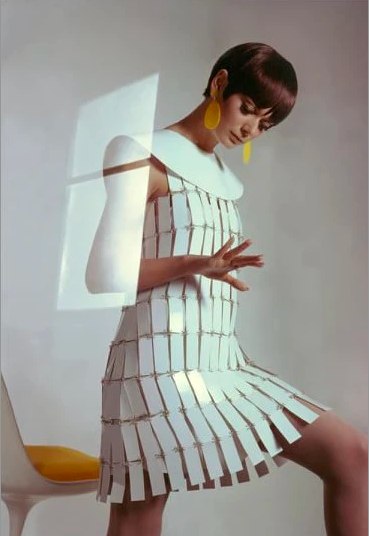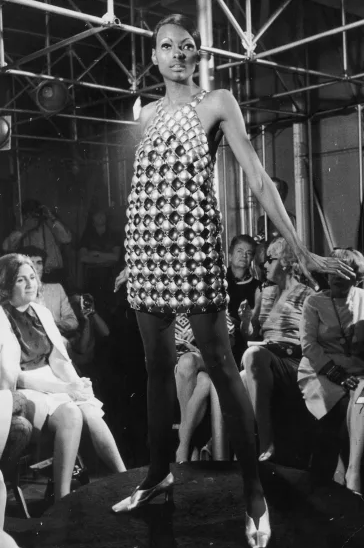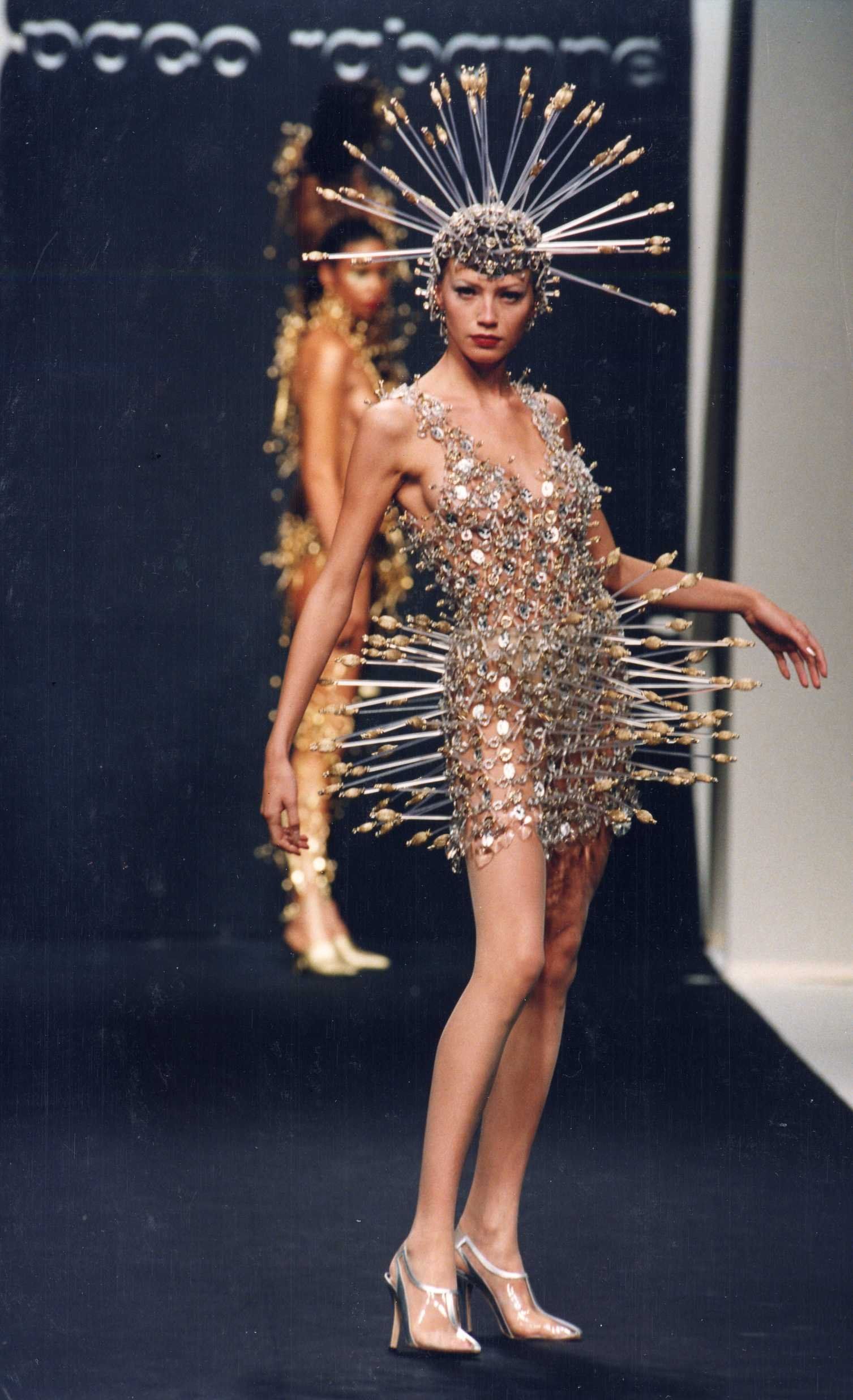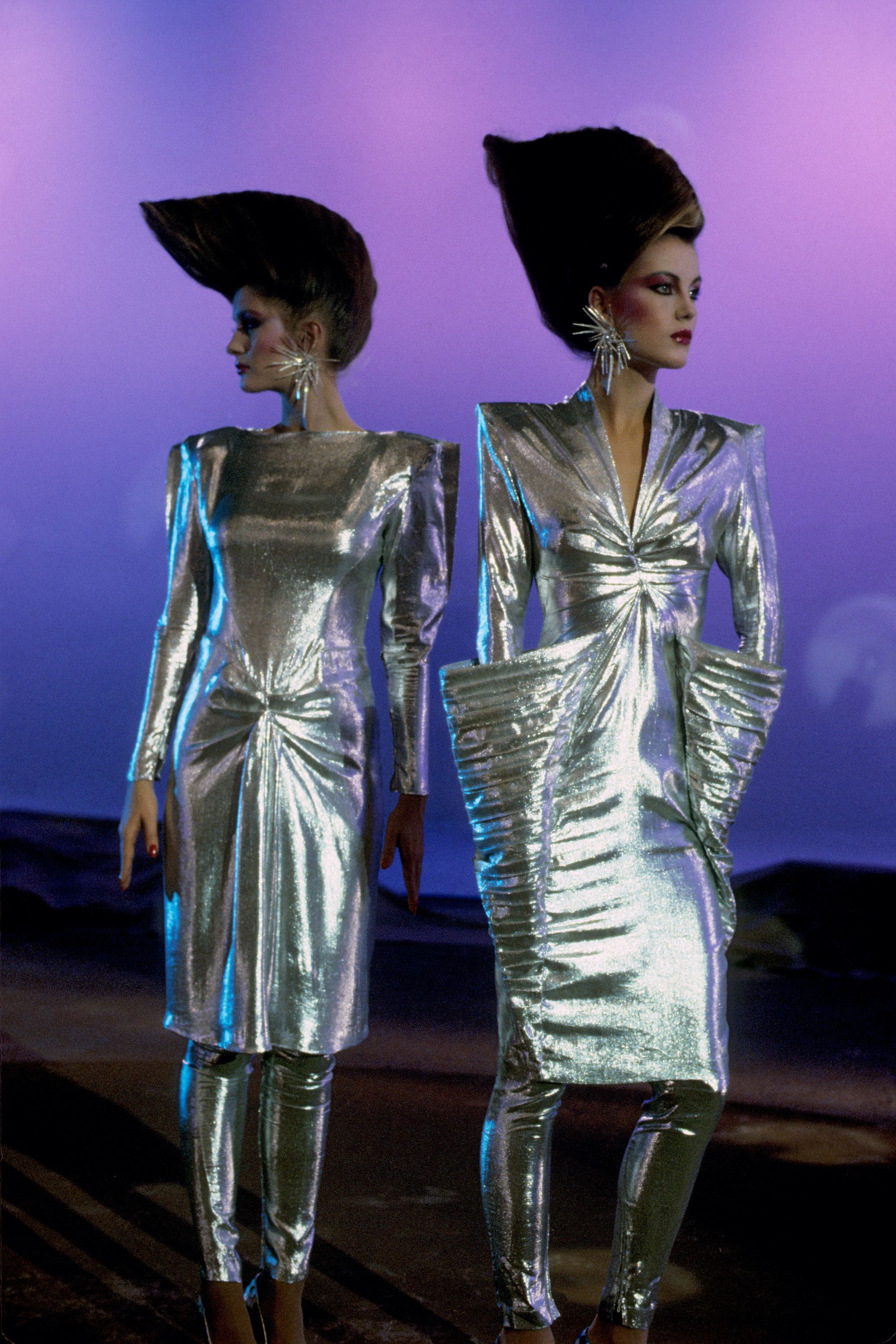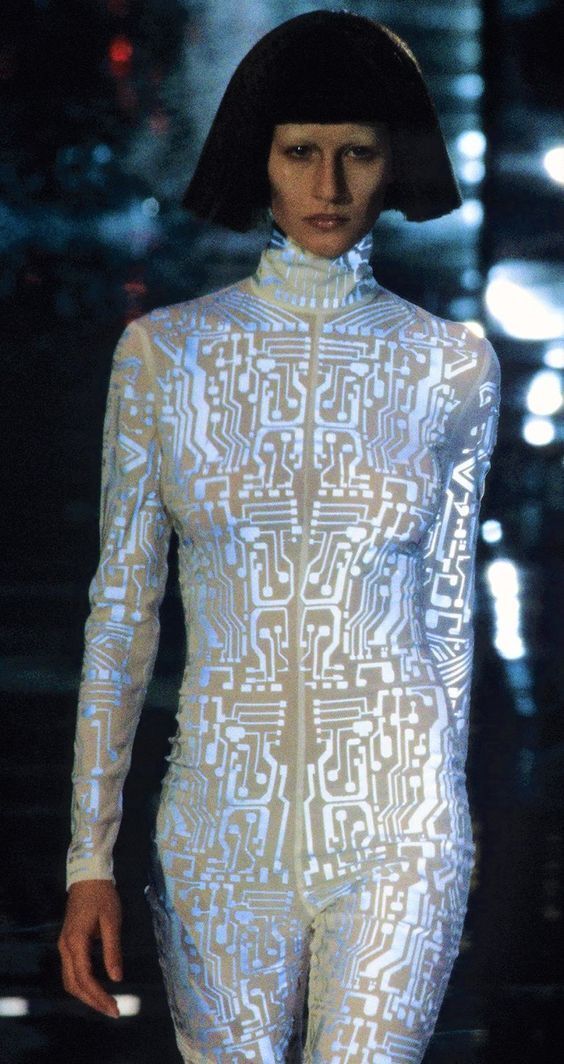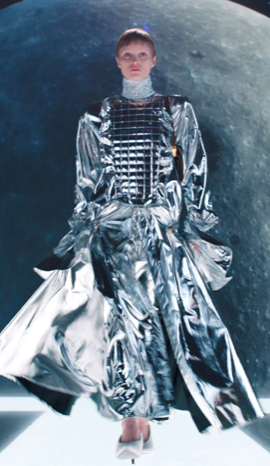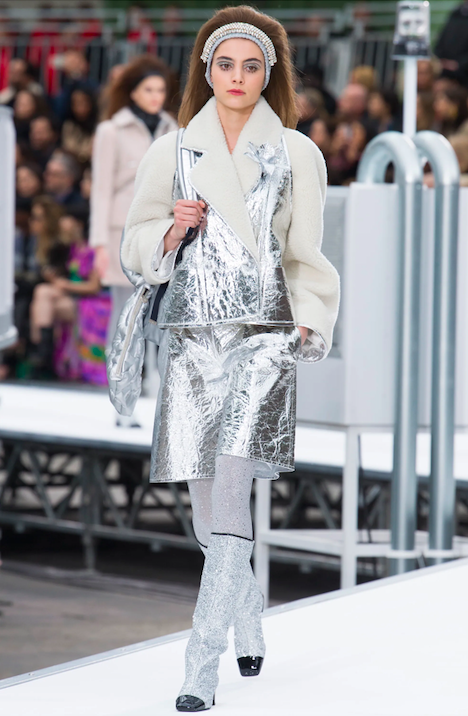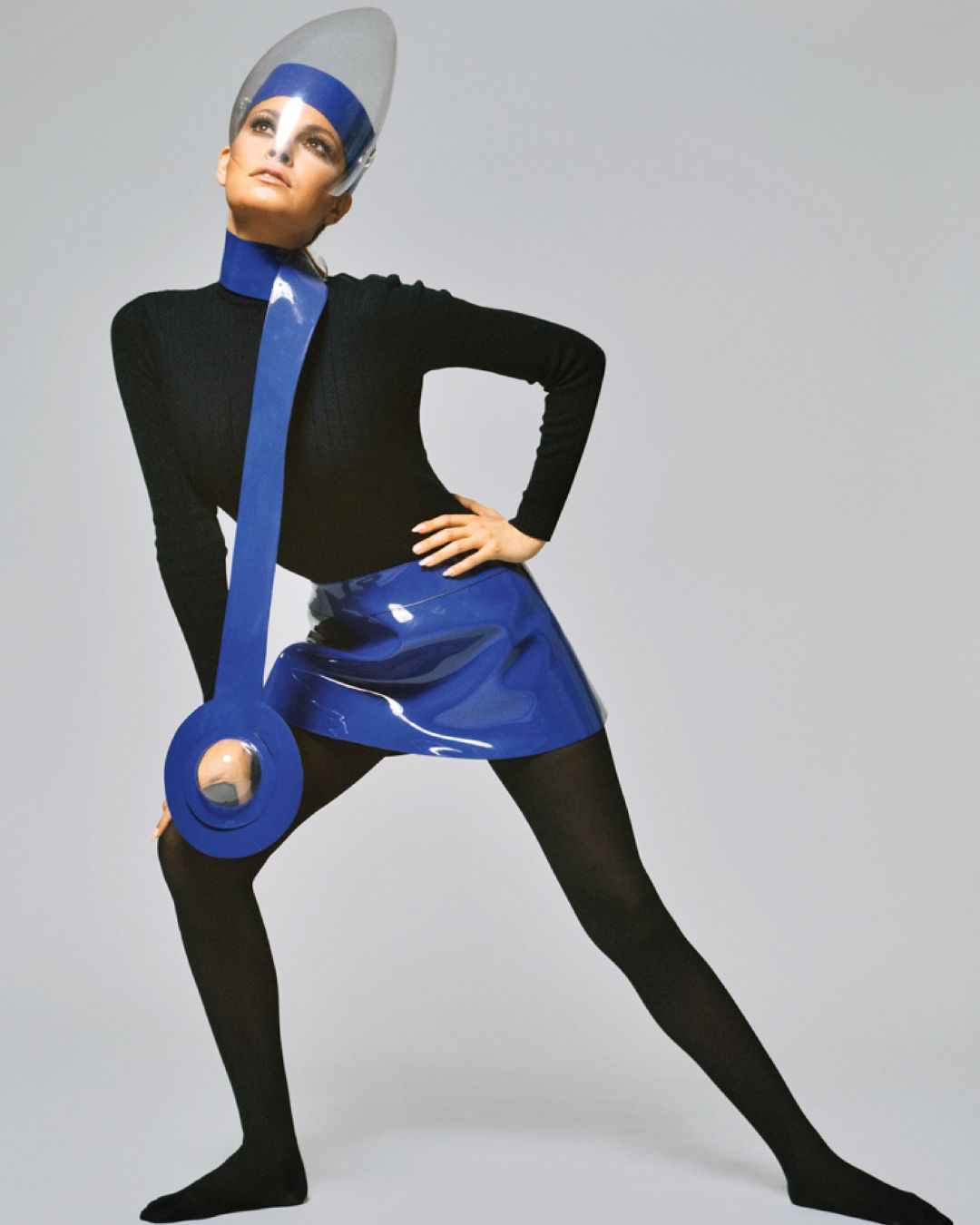
Pierre Cardin takes us back (again) to the future With its new space collaboration in line with its galactically imbued history

Who said that even at 384,400 km from Earth, one couldn't be fashionable? Not the European Space Agency, which decided to partner with Maison Pierre Cardin to design the suits astronauts will wear during their training at the new simulation center in Cologne, Germany, in preparation for the next lunar mission. On Monday, German astronaut Matthias Maurer visited the temporary Paris office of the Maison, whose headquarters are currently under renovation, for the first fittings. This designer choice is no coincidence, considering the galactic past of Maison Cardin and the role it played in the Space Age trend of the 1960s. More than just a measure of scientific progress, the Space Age marked the aesthetics of the 60s and 70s, influencing both the world of fashion and design, leaving an indelible trace on the cultural world. Indeed, President Kennedy’s project to send a man to the moon for the first time quickly inspired many cultural figures, giving birth to artistic masterpieces that sought to satisfy the growing American appetite for space exploration.
And fashion protagonists were certainly part of these figures. In 1969, it wasn't just Apollo 11 that launched, but also the careers of designers with entire collections focused on an intergalactic and futuristic vision of clothing. Between vinyl dresses, metallic gray fabrics, plastic accessories, and cuts that imposed almost robotic movements on the body, the cosmos and all its mysteries had a colossal impact on major fashion houses up until the 70s, and continue to be part of the sartorial heritage even years after Neil Armstrong's foot touched the moon. One of the pioneers of futuristic fashion who actively participated in its popularization and maintained its renown was none other than Pierre Cardin. While his career began post-war alongside Jeanne Paquin, he presented in 1955 the Cosmos collection of his eponymous brand, consisting of vinyl and rubber dresses, boasting of creating clothes for “the world of tomorrow.” Pierre Cardin was a fan of experimentation. Between straight lines and unique geometries, the use of materials never before used in fashion like vinyl, patent leather, and a synthetic fabric called "Cardine" worked in three dimensions, everything was fair game. In 2019, on the occasion of the 50th anniversary of the first moon landing, the designer was invited to visit NASA's facilities and became the first man to wear the suit worn by Neil Armstrong 50 years earlier.
And he was, of course, not the only one with limitless admiration for space and its mysteries. Around the same time, André Courrèges made his debut on the fashion scene, also offering creations that defied earthly laws with a galactic DNA. His 1964 Moon Girl collection is the most striking example. White boots, spherical hats, and PVC skirts that remained stiff regardless of the contortion they were subjected to: the collection seemed straight out of an alien movie. Three decades later, Courrèges continued to showcase space-inspired outfits, like during a fashion show held in April 1993 in Kyoto, Japan. Simultaneously, Paco Rabanne also made his mark in cosmic fashion with his collection “12 Unwearable Dresses in Contemporary Materials” presented in 1966, the first inclusive show featuring models of color. The Paco Rabanne DNA (now simply called Rabanne) is quite different from his two peers but equally galactic. During this show, the Maison presented "unwearable" dresses, made not of fabric but of hundreds of small pieces of cut metal, forming a mesh tight enough to cover the model’s body. This was followed by a string of futuristic collections, including Spirale Futuriste by Thierry Mugler in 1979, Givenchy's FW99/00 collection, and more recent ones like Chanel's FW17 show, Louis Vuitton's Pre-Collection SS19, and Balmain's FW 2021/22 collection.
This new collaboration between Maison Cardin and the European Space Agency brings the late Pierre Cardin closer to his dream of walking on the moon, which he will now experience vicariously through Rodrigo Basilicati Cardin, the current creative director of the Maison. A new initiative for the brand that follows on from its previous partnership with the Franco-Italian aerospace manufacturer Thales Alenia Space. The suit will allow astronauts to provide feedback on the performance of their equipment in practical situations, such as handling instruments designed to analyze lunar rocks. The materials used for the training suit were carefully selected as part of an ESA study on future space materials, and incorporate some fabrics previously used in Cardin’s collections, including the spongy blue recycled synthetic material that covers the suit. A design and creation made in close collaboration with the main stakeholders, the astronauts themselves, who will have to wear this suit for 4 to 6 hours and must absolutely validate its comfort. “You can tell the difference between what was made by engineers and what was made by someone who knows how to work with textiles. In the spacesuits I've worn so far, I’ve always had a lot of pressure points, but now, I feel great inside,” explains Matthias Maurer. A small step for man, a giant leap for Maison Pierre Cardin.










































